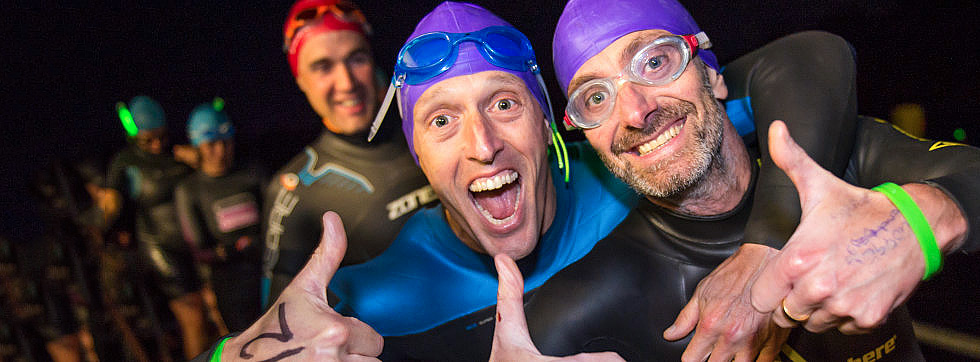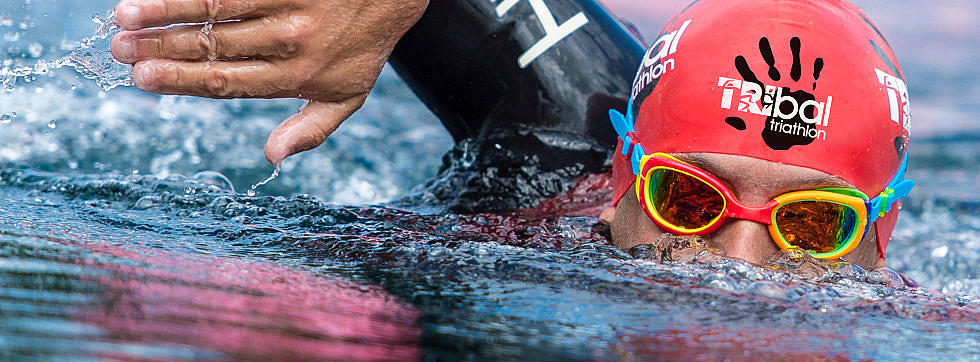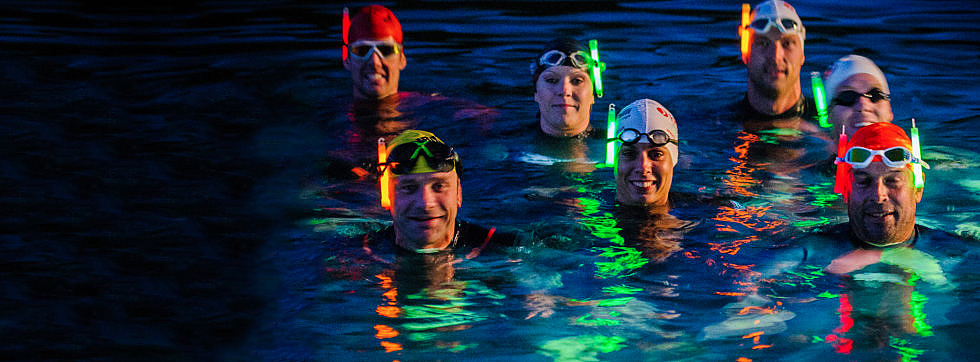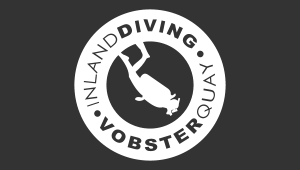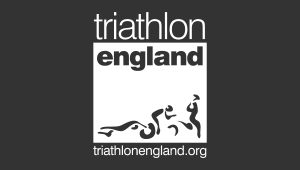

Cold Water
Swimming continues throughout the year at Vobster Quay and if you are planning to enjoy some cold water swimming this winter please read this important guide and information.
Surface water temperatures are starting to drop and when combined with lower air temperatures and wind chill the risks of cold water shock, hypothermia and after chill increase all of which can have significant health consequences.
Once water temperatures drop below 14degrees it is mandatory to wear a swim wetsuit unless you have signed a Cold Water Disclaimer form and that you adhere to the revised terms and conditions of entry for cold water swimming which can be found on our websites.
Cold water swimming can be envigourating, fun and good for your mental health, however, it is really important to understand the risks involved. In terms of acclimatizing and keeping your acclimatization through the winter we recommend that you swim at least once a week.
PLANNING YOUR COLD WATER SWIM
Preparation is the key to cold water success
When planning a cold water swim, think about the kit you need for in the water and for before and afterwards see below. Also account for the time that you may require to warm yourself afterwards to prevent after chill. As the temperature of the water drops realistically reduce the length of your swim and exposure to cold water.
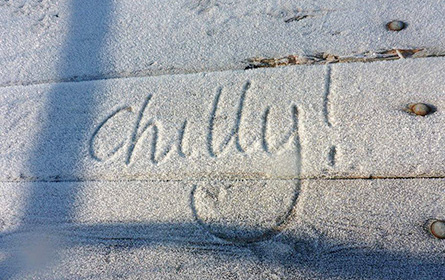
ESSENTIAL COLD WATER
SWIM EQUIPMENT...
- Bright swim cap thick silicone
- Goggles
- Swimsuit, rashy vest or similar
- Tow float
- Waterproof whistle
- Swim wetsuit (optional fleece lining - contact Vobster to discuss options)
- Neoprine gloves, socks/boots
- Plenty of warm dry clothing that can be layered
- Towel
- Dryrobe or similar, hat and gloves
- Fleece blanket
- Hot drinks & food (available onsite)
When you enter the water, 'washing your face' while breathing out into the water will help you to overcome the initial dive and cold water responses. Take your time acclimatizing by first swimming head up and then breathing out in a relaxed exhalation into the water face down. Once you feel comfortable you can then fully start swimming.
So what are the risks of cold water swimming and how can these be best managed?
COLD WATER SHOCK
Cold water shock can be experienced at any time in the year when you first get into relatively cold water. This initial reaction to cold water can lead you to stop breathing or rapid hyperventilation and in extreme cases could trigger a cardiac arrest. As suggested above, appropriate and progressive immersion with controlled breathing is the best way to prevent or limit 'cold water' shock. DO NOT DIVE IN! as this causes rapid cold water shock. AFTER CHILL / AFTER DROP
After chill is when the body's essential core temperature continues to drop even though the swimmer is out of the water and is in the relative warm. Prolonged cold water exposure and/or rapid re-warming such as having a hot shower can cause the blood to flush to the peripheral blood vessels and away from the bodies core. This can lead to dizziness, nausea, fainting and ultimately severe hypothermia/cardiac arrest. Once out of the water, gradually re-warm following the advice below for hypothermia and make sure that you feel ok before you attempt to drive. HYPOTHERMIA
Hypothermia is a dangerous drop in the body's essential core temperature below 35C when the body loses heat faster than it can produces it, causing your heart, nervous system and other essential organs to not function properly. See below for detailed information on hypothermia and what it means to the open water swimmer...
Cold water shock can be experienced at any time in the year when you first get into relatively cold water. This initial reaction to cold water can lead you to stop breathing or rapid hyperventilation and in extreme cases could trigger a cardiac arrest. As suggested above, appropriate and progressive immersion with controlled breathing is the best way to prevent or limit 'cold water' shock. DO NOT DIVE IN! as this causes rapid cold water shock. AFTER CHILL / AFTER DROP
After chill is when the body's essential core temperature continues to drop even though the swimmer is out of the water and is in the relative warm. Prolonged cold water exposure and/or rapid re-warming such as having a hot shower can cause the blood to flush to the peripheral blood vessels and away from the bodies core. This can lead to dizziness, nausea, fainting and ultimately severe hypothermia/cardiac arrest. Once out of the water, gradually re-warm following the advice below for hypothermia and make sure that you feel ok before you attempt to drive. HYPOTHERMIA
Hypothermia is a dangerous drop in the body's essential core temperature below 35C when the body loses heat faster than it can produces it, causing your heart, nervous system and other essential organs to not function properly. See below for detailed information on hypothermia and what it means to the open water swimmer...
BE HYPOTHERMIA AWARE!
All you need to know about this hazardous condition
Hypothermia is a dangerous drop in the bodies essential core temperature below 35C when the body loses heat faster than it can produces it, causing your heart, nervous system and other essential organs to not function properly.
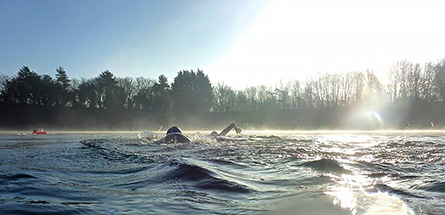
Exposure to cold environments such as cold water, low air temperatures and wind chill can lead to the rapid onset of Hypothermia. Whilst the colder the conditions the body is exposed to, the more rapid the onset, there are a range of other factors such as age, gender, body type and acclimatization that will influence how quickly someone might develop hypothermia and the severity. There is thus no time frame even for the most seasoned and adapted swimmers. When you are swimming in water colder than you, in order to protect your vital organs, your body begins a process. Blood vessels shunt (moving blood to where it's needed) the warm blood away from your skin and limbs towards your vital organs by reducing the blood flow to your extremities. This allows more oxygen to be delivered where it's needed the most. This is to preserve heat in the important bits. Your body is working hard to try and keep your core at its normal temperature. This process is called peripheral vasoconstriction. It's the body's way of protecting against hypothermia.
This process starts to reverse when you get out of the cold water and start to re-warm your body then sends the warm blood from the core back to the skin to warm up again.
The problem though is that it also cools the blood as it does so, as it's now mixing the warm blood with the cooler blood, and then re-circulates the cool blood back to the core, meaning that your temperature will drop further. This is known as the "after-drop". This doesn't happen immediately, and when you exit the water you'll probably feel great for a short time. This is because your cooler blood hasn't reached your core straight away, however within a short space of time, you will begin shivering.
Shivering is one of our body's immediate reactions to generate heat. Our skin sends messages to the brain, which then sets off a series of warming signals. Shivering is one of them during which your muscles contract and relax quickly to produce heat to raise your body temperature.
The symptoms of hypothermia can progress slowly or fast and you may not be aware of them developing as hypothermia can affect, amongst other things your cognitive ability i.e. your ability to think clearly and make intelligent decisions. Your brain is very sensitive to the cold and electrical activity rapidly slows down in response to it, so your ability to do things, move and make decisions becomes impaired.
SIGNS & SYMPTOMS OF HYPOTHERMIA
Get wise to hypothermia signs & symptoms
Symptoms of mild hypothermia
Symptoms of moderate hypothermia
Symptoms of severe hypothermia
- Dizziness
- Shivering
- Hunger and nausea
- Increased breathing
- Difficulty speaking
- Lack of coordination
- Tiredness
- Increase in heart rate
- Poor judgement
- Cold, pale skin
- Numb hands and feet
- Shivering, but more seriously, as hypothermia worsens, shivering stops
- Worsening coordination difficulties
- Slurred speech
- Significant confusion
- Drowsiness
- Apathy or lack of concern (doesn't recognise that they are in any danger)
- Weak pulse
- Shallow, slow breathing
- Paradox undressing - the person removes their clothes, inappropriately despite the cold because they feel warm
- Muscles become stiff
- Slow pulse
- Confusion
- Loss of consciousness
- Shivering stops
- Extreme confusion
- A decline in consciousness
- Weak or irregular pulse
- Slow/shallow breathing
- Coma - can result in death
STAY SAFE IN COLD WATER
Best practice for cold water swimming
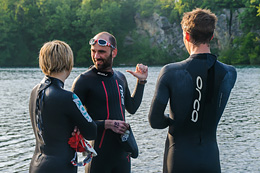
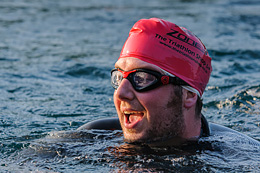
After a swim in cold water, we recommend the following:
- Remove all cold wet clothing as quickly as possible and either get dressed quickly and warmly or cover yourself with warm blankets. Immediately after swimming you may feel great as the cooled blood has not yet returned to your core.
- Don't take a hot shower as this will increase the rate at which cooled blood returns to the core and makes the drop faster and deeper. Cold water swimmers have been known to faint in hot showers. Wait until you've warmed up again before showering.
- Don't attempt to drive or ride a bike until your core temperature has recovered. Driving and shivering is not a good combination. If your core temperature drops too much and you become hypothermic it can also affect your cognitive abilities. Again, not good for driving.
- Drink something hot and eat something. Shivering is a highly energy consumptive bodily function. You need to fuel it.
- Keep an eye on your fellow swimmers. Someone who appears completely fine getting out of the water may be in trouble 10 minutes later and may need your help.
- Get out of the water before you get too cold as you will continue to get colder after swimming - give your body a margin of safety.
